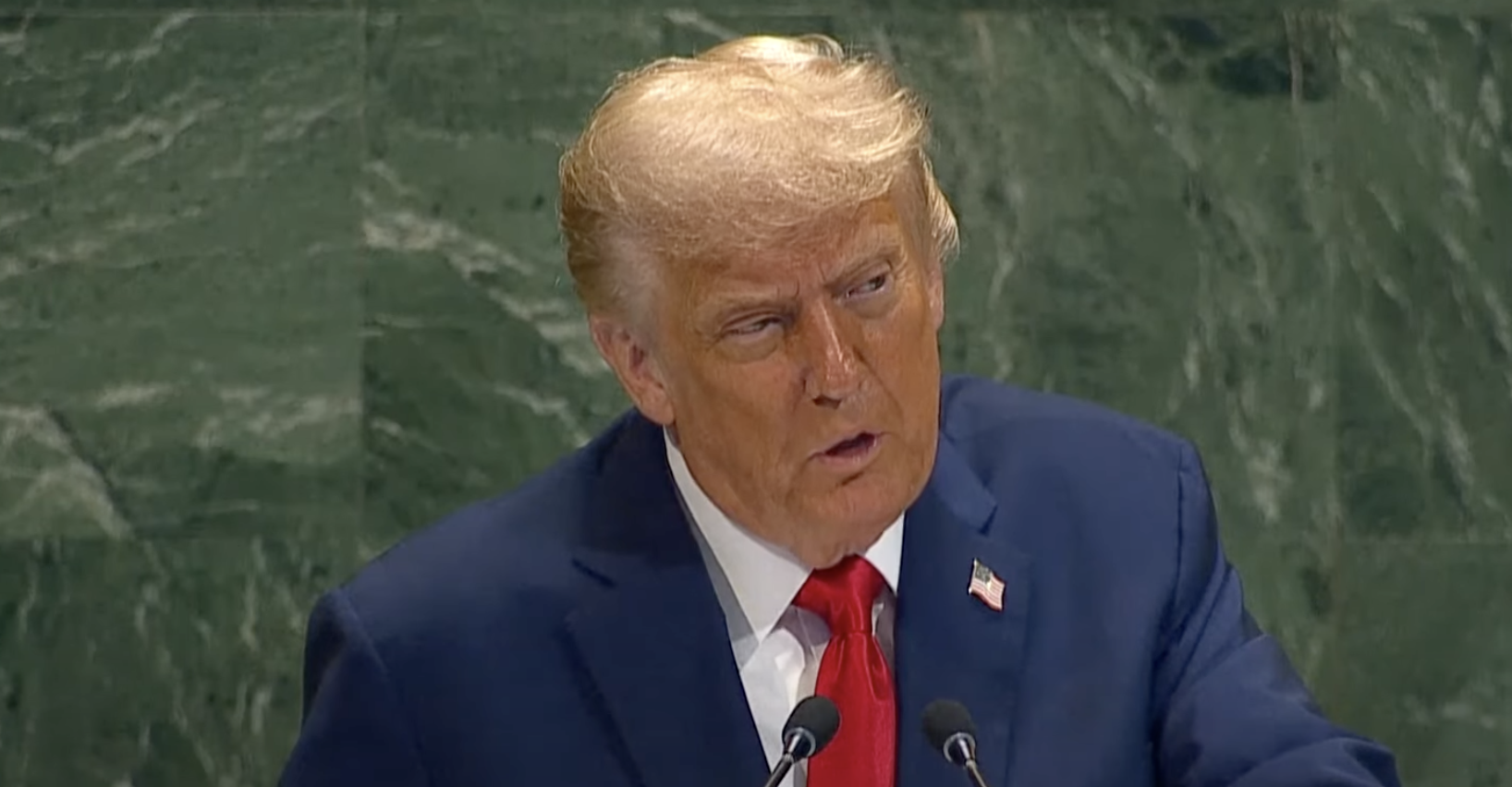The United States federal government shut down at 12:01 a.m. Eastern time on Wednesday after the Senate failed to advance a short-term spending measure, triggering the first lapse in federal funding since 2019 and the 15th shutdown since 1981. The closure followed weeks of stalled negotiations between President Donald Trump and congressional leaders and arrived hours after senators rejected a Republican stopgap bill that would have extended funding through November 21. Immediate effects include widespread furloughs, the suspension of some economic data releases and delays or pauses across research, permitting and customer-facing functions at federal agencies, while national security and other legally “excepted” operations continue without pay.
The Senate vote failed 55–45, short of the 60 votes needed to overcome a filibuster and proceed, leaving no procedural path to keep agencies open as the new fiscal year began. Republicans control both chambers of Congress but required Democratic votes in the Senate; Democrats withheld support in a push to attach health-care provisions to any stopgap. A Washington Post tally separately documented the 55–45 outcome and the failed effort to advance House-passed legislation that would have kept agencies funded into late November.
Federal agencies began implementing contingency plans overnight. Reuters reported that as many as 750,000 federal workers face furloughs, with a daily cost estimated at hundreds of millions of dollars, and warned that the shutdown would halt publication of closely watched government statistics and slow air travel as hiring and training pipelines stall. The Bureau of Labor Statistics’ September jobs report, typically due at the end of the week, is among data releases threatened by the lapse.
Financial markets reacted quickly to the breakdown in Washington. In early Wednesday trading, gold rose to a record while U.S. equity futures slipped and the dollar weakened as investors priced in the prospect of delayed government data and broader uncertainty around policy and growth. Currency coverage from Tokyo and market roundups in Asia and Australia attributed the moves in part to the shutdown’s potential to cloud the interest-rate outlook by postponing economic releases.
